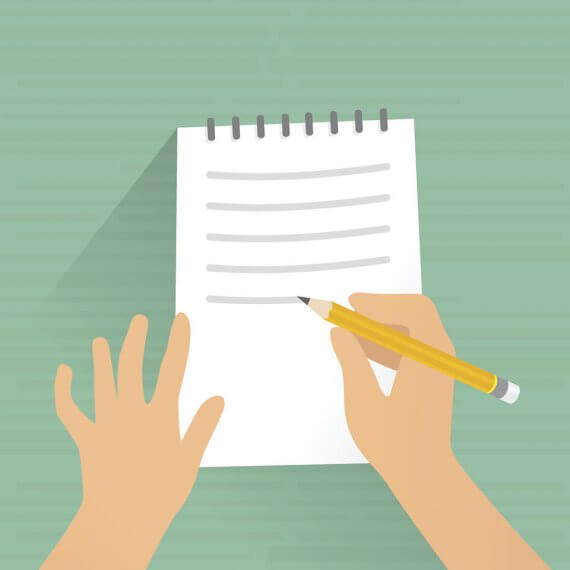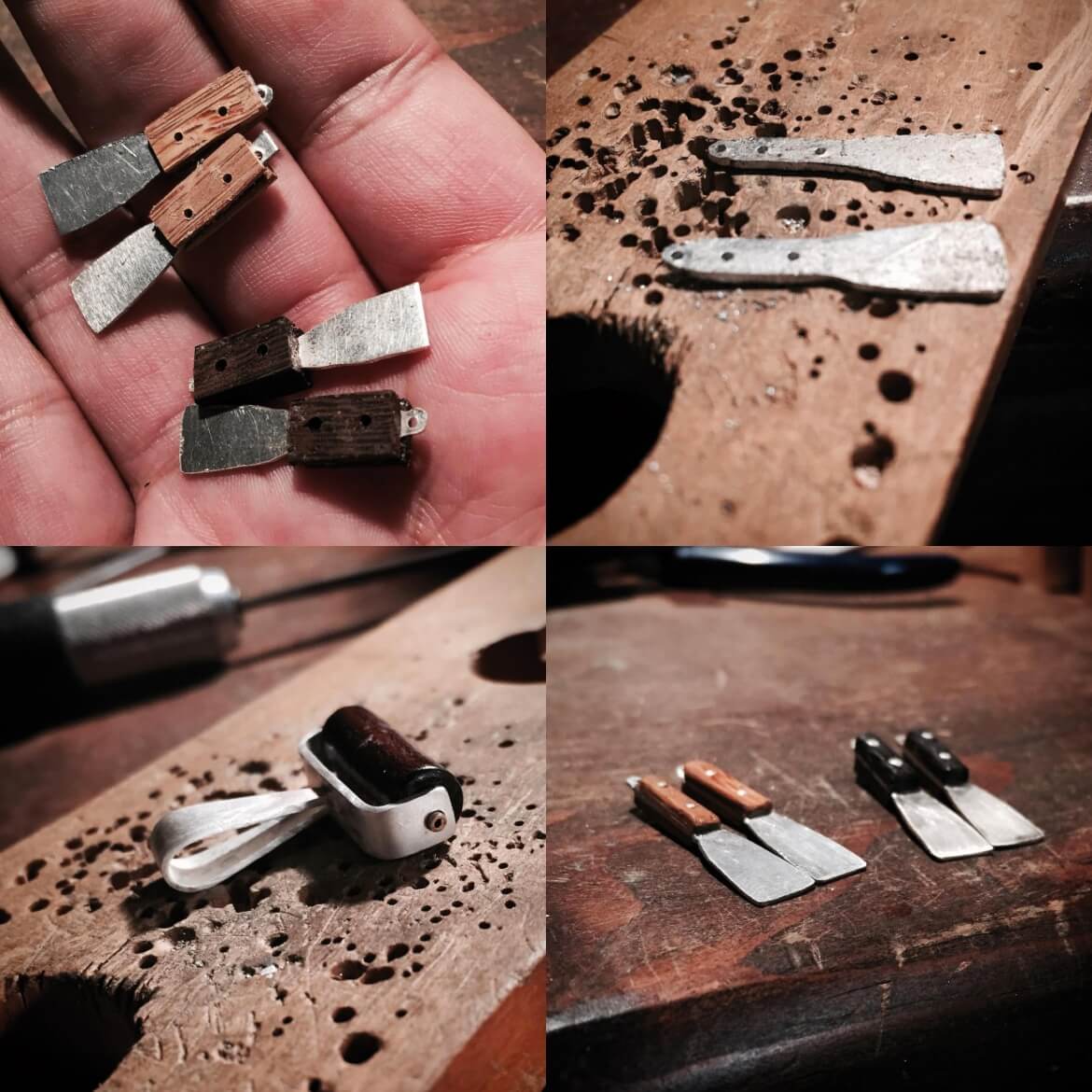With User Experience being still a relatively new field, as well as being new to many stakeholders, executives, and business owners – it is up to us as a UX professional to communicate the process clearly to the decision makers. If we communicate the benefits both from a time and financial aspect to devote more time to research upfront, then we can develop a better product that is released market.
Many apps, products, or even services that are released to market really have only one shot to get it right in front of users to adopt it at an early stage. If you get it right, then those early adopters will naturally market your product to others. If you get it wrong, then it’s going to be a very difficult time for you to make significant changes to convince users that you’ve gotten it right the second time around. So… why not just trust the process to a UX professional that will help understand your product, do the research, design, test and then repeat the design iteration & test process to get the best possible product out there.
By the time the UX professional gets the final design flow to developers they have a great understanding of the product and the challenges ahead of time before it is released to market.

 This week in class has given me some time to reflect back at the start of the course. What I found is that communication both verbally and in writing my findings in each report is important. I don’t think that many print designers, website designers, or graphic designers realize when they want to transition to doing full UX projects from start to finish their writing skills needs improve. Personally, for myself, this class has allowed me to practice and also research how to write better proposals, findings, reports, etc. Always keep in mind that what you’re writing and sending to your clients or stakeholders will probably be reviewed and seen by executives and decision makers. Thus, make sure you writing is clear and concise. Good luck to all you UXers out there!
This week in class has given me some time to reflect back at the start of the course. What I found is that communication both verbally and in writing my findings in each report is important. I don’t think that many print designers, website designers, or graphic designers realize when they want to transition to doing full UX projects from start to finish their writing skills needs improve. Personally, for myself, this class has allowed me to practice and also research how to write better proposals, findings, reports, etc. Always keep in mind that what you’re writing and sending to your clients or stakeholders will probably be reviewed and seen by executives and decision makers. Thus, make sure you writing is clear and concise. Good luck to all you UXers out there! Although I have had a number of experience doing user centered design sessions or design sprints…actually conducting the interviews and research of usability testing was fairly new to me. Just like anything new the only way to get better at something is to practice, practice, practice… and do research to become a student of the craft you want to become better at. It also helps to be involved in UX and the entire process so that you know what to look for, what to ask for, how to understand what you do in usability testing will translate into actionable items.
Although I have had a number of experience doing user centered design sessions or design sprints…actually conducting the interviews and research of usability testing was fairly new to me. Just like anything new the only way to get better at something is to practice, practice, practice… and do research to become a student of the craft you want to become better at. It also helps to be involved in UX and the entire process so that you know what to look for, what to ask for, how to understand what you do in usability testing will translate into actionable items.




